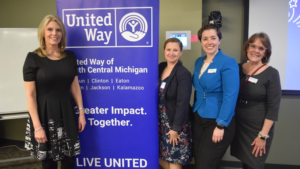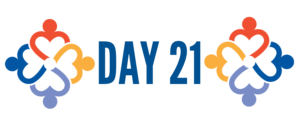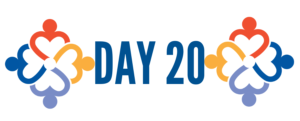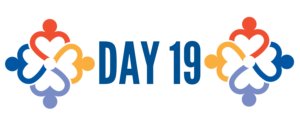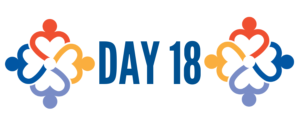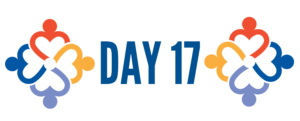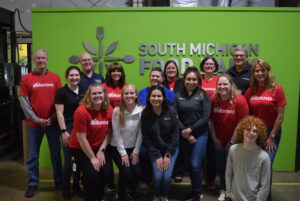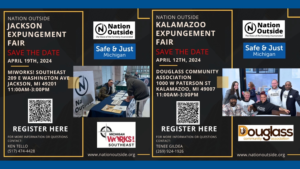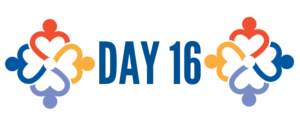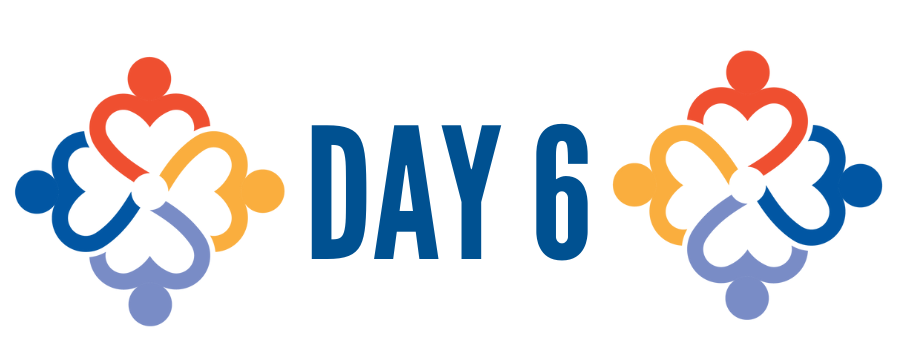
Day 6: What is Power, Privilege and Oppression?
Our goal is to create more equitable and just communities. To do this, we need to have some shared language to understand what barriers and opportunities exist. You may have heard conversations using the terms power, privilege, and oppression. Let’s explore a few definitions to get us started:
Power is the ability to influence and make decisions that impact others. This might include access to services, resources, goods, and more. This can be positional power within an organization because an individual has influence as a leader in the organization. Or, this can be relational or situational power where an individual has access to influence people, decision-making processes, policy, and more. And that is every single person in an organization because we call have some level of influence on systems, structures, and people. What do you have power to influence?
Privilege is the unearned benefits of membership in a group. Having privilege doesn’t mean that you are wealthy and face no challenges in life. It means that specific part of your identity didn’t make accessing resources, services, and care more difficult. Privilege increases our access to social, political, economic, and psychological benefits. Privilege exists within a system of oppression (such as racism, heterosexism, ableism, or ageism) that creates a dynamic where there is an oppressed group and a privileged group. We can experience privilege through some of our identities while experiencing oppression in others. Privilege and power are closely related: privilege often gives a person or group power over others.
Oppression is power that is formed and repeated over time that disadvantages a group of people. This disadvantage exists even when individuals get along and are nice to people belonging to an oppressed group because it’s supported through things like policies, government, education, and health systems. Systems of oppression are typically supported by norms in our societies. A norm represents what is “normal,” acceptable, and desirable. “The norm” is something that is valued and supported in a society. As a result, people who follow or live within norms can often be assumed to be good and poor treatment to those who live outside the norm can go unquestioned.
None of us can simply take unearned advantage or force unearned disadvantage upon others as individuals. However, all of us interact with the systems, beliefs, and norms that do. Understanding how power, privilege, and oppression show up is a critical first step in being able to develop strategies and actions to address those imbalances.
Today’s Challenge
Read:
You’re not a bad person: Facing privilege can be liberating by Miki Kashtan (Nov 25, 2016) [14 min read]
Learning and talking about privilege can be uncomfortable. Dr. Kashtan shares her own experiences of exploring her own privilege, facilitating difficult conversations, and what we can do about it.
Watch:
Why Does Privilege Make People So Angry? MTV Impact (January 13, 2016). [2 minute video]
In this video, we explore how privilege shows up, how to raise awareness about inequalities that exist, and a path forward.
Engage:
Take the Privilege Self-Assessment to understand how you might experience privilege.
Discuss:
- In what ways do you experience privilege or oppression?
- How might your everyday experiences such as going to the grocery story, working, or visiting a loved one be different if you held a different sexual orientation, gender identity, gender expression, race, dis/ability, immigration status, etc?
- Can you think of a policy or practice that benefits some people at the expense of others?

